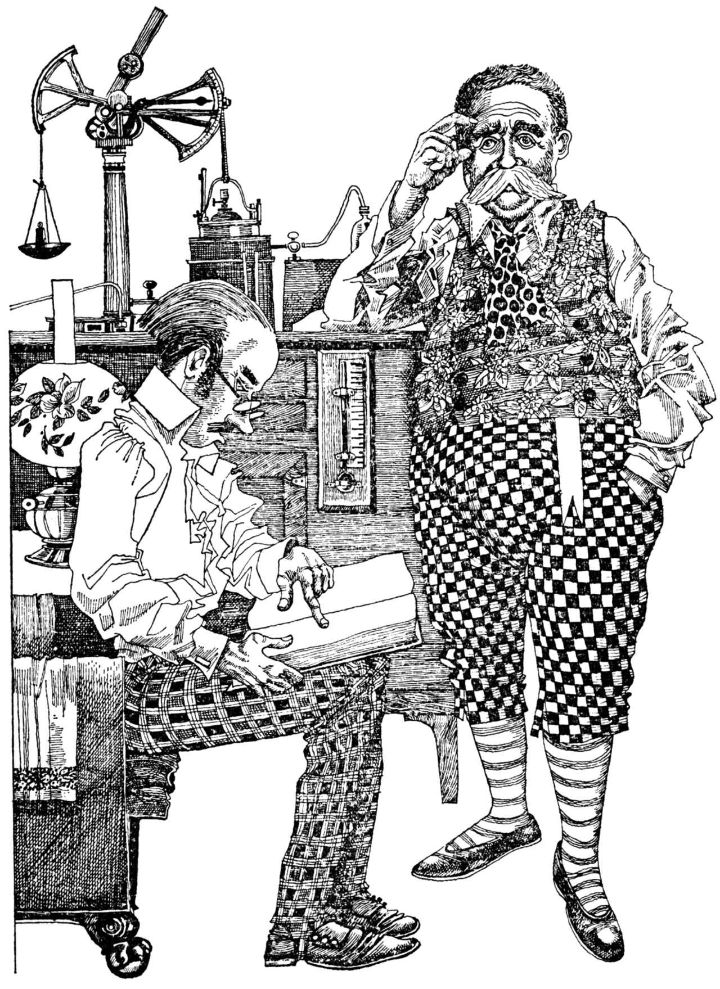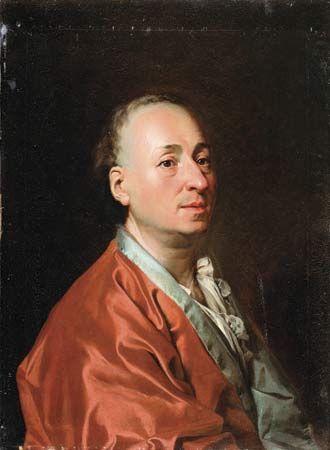Hugh Kenner was a very sharp, eccentric critic best known for his work on James Joyce and Ezra Pound (two writers whose critical apparati seem to welcome eccentrics more than most), but he also was responsible for a textbook on geodesic domes that demonstrated his reverence for R. Buckminster Fuller, and a tutorial book on the Heathkit computer. (Thanks to Dan Visel for educating me on those last points.) The Heathkit was a bit before my time, but let’s hear it for computer-polymath types: Kenner, J.M. Coetzee, Elvis Costello, Scott Miller, Ray Davis.
Kenner was also almost completely deaf, which had to have had a huge impact on how he perceived language, and a peculiar counterpart to Joyce’s near-blindness in the last decades of his life. It probably helped to account for his enthusiasm for Buster Keaton and Chuck Jones. (He wrote books on both.)
I was reading through his essay collection Mazes, which collects febrile bits and pieces from mostly popular magazines like Harper’s and Life and National Review (ugh), and while his opinions range from enlightening to crackpot, he does frequently pull out amazing anecdotes. A few that jumped out at me:
Critical Texts
[Edmund Wilson complains about his American classics project being suppressed by some MLA conspiracy.]
Edmund Wilson was especially funny about eighteen Twain editors reading Tom Sawyer, word for word, backward, “in order to ascertain, without being diverted from this drudgery by attention to the story or the style, how many times ‘Aunt Polly’ is printed as ‘aunt Polly,’ and how many times ‘ssst!’ is printed as ‘sssst!'” Since the MLA had ordained that “plain texts”–books you just read–were to await the establishment of “critical texts”–books that with full display of evidence sift out printer’s errors and restore lost auctorial revisions–we’d be waiting, he estimated, “a century or longer.”
The OED
Set promised trouble as early as 1881, when James Murray, the chief editor, came to doubt if the language contained a more perplexing word. An assistant had already spent forty hours on it, and Murray anticipated forty hours more. Set (the verb) was completed more than three decades later, and the time its final arrangement took Murray’s chief associate, Henry Bradley, was something like forty days, in the course of which he improvised twelve main classes with no fewer than 154 subdivisions, the last of which (set up) required forty-four further subsections.
The result, a treatise two-thirds as long as Paradise Lost, is from most points of view a triumph of ingenious uselessness, reminiscent of Yeats’s A Vision in being nearly impenetrable through sheer complexity of classification. Someone who had heard of hunters “setting” to fowl would toil long and hard through those columns en route to his quarry, low down in the final clause of #110: “set: to get within shooting distance by water.
Canadian Proofreading
A newspaper editor once told me why proofreading standards in Canada declined in the 1940s. Reading proof–a dull underpaid job–had once kept retired clergymen from starving. It was when the aged clergy commenced to draw pensions that papers had no recourse save to hire less literate drifters.
William Empson and George Orwell
[Is this really true?]
Orwell’s wartime BBC acquaintance, William Empson, warned him in 1945 that Animal Farm was liable to misinterpretation, and years later provided an object lesson himself when he denied that 1984 was “about,” some future communism. It was “about,” Empson insisted, as though the fact should have been obvious, that pit of infamy, the Roman Catholic Church.
Mortimer Adler
In thirty years Adler’s Institute for Philosophical Research have only made a start on repackaging “the whole realm of the great ideas”–so far “two volumes on the idea of freedom; one volume each on the ideas of justice, happiness, love, progress, and religion; and a monograph on the idea of beauty”? That such books will help save mankind is a notion so high-minded it verges on self-parody.
[I remember reading something or other by Adler for a class in high school and writing a sneering dismissal of it, referring to him as “Morty” all the way through. I don’t remember anything about the content, but I suspect the sort of tone Kenner describes is what set me off.]
Louis Zukofsky
No one that I’ve known knew English half as minutely as the late Louis Zukofsky, who began its acquisition at twelve and kept the habit of looking up everything including “a” and “the.”
[Is it common knowledge that Zukofsky’s first language was Yiddish? I feel like I should have known this a long time ago.]
Structuralism
Barthes has little to say about real literature. He flutters brightly around its edges: “Proust and Names,” “Flaubert and the Sentence.” Its coercive powers exceed what the codes account for. And decade by decade we keep remaking it in replenishing its power to remake us.

